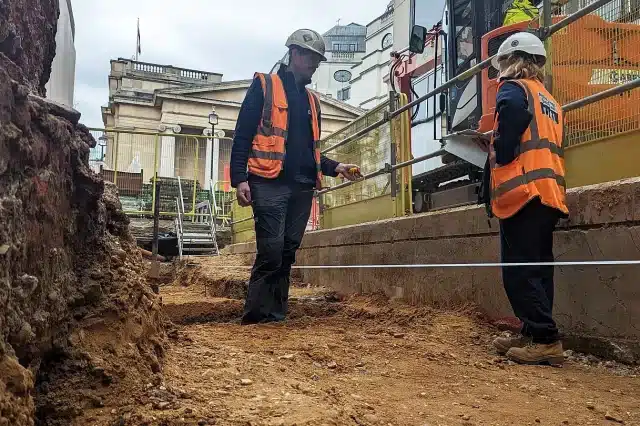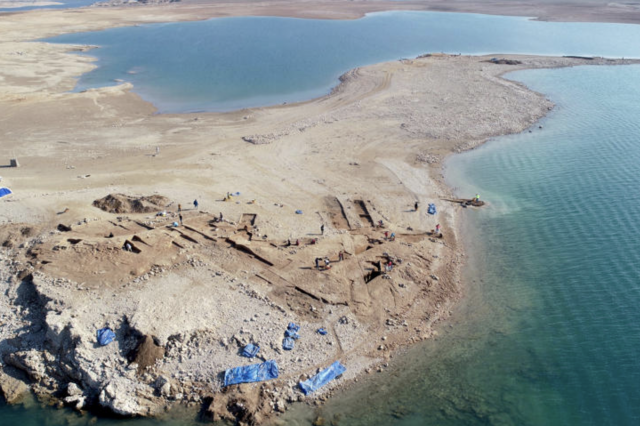According to historical sources that were written long after the city collapsed, the Nahuas thought that Teotihuacan was built by the Quinametzin, a race of giants that populated the world during the previous era.
Located in a sub-valley of the valley of Mexico lie the megalithic ruins of an ancient city shrouded in mystery. Home to massive pyramids reaching for the sky, Teotihuacan is widely recognized as the most architecturally significant ancient city ever to have been built in Mesoamerica.

The city was so massive that, at its peak, it is believed to have been home to more than 150,000 people, making it the sixth-largest city in the world during its time.
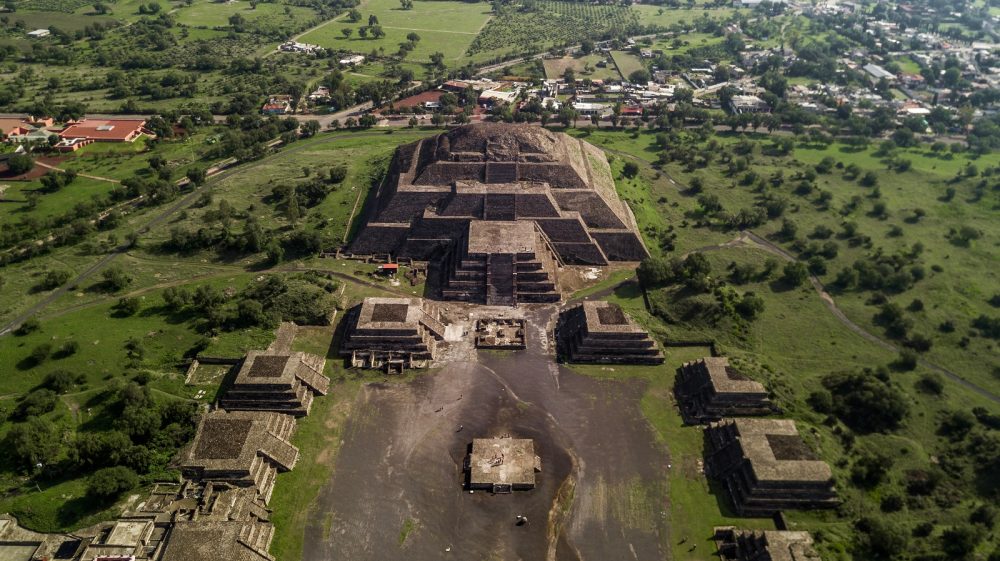
The size of the ancient city is as fascinating as its pyramids. Teotihuacan covered around 21 square kilometers, and up to 90 percent of the total population of the valley lived in the city.
Teotihuacan, which in Nahuatl means’ Place where men become gods’; ‘place where the gods were made’ or even ‘city of the Gods’, is perhaps the most enigmatic ancient city in Central America.
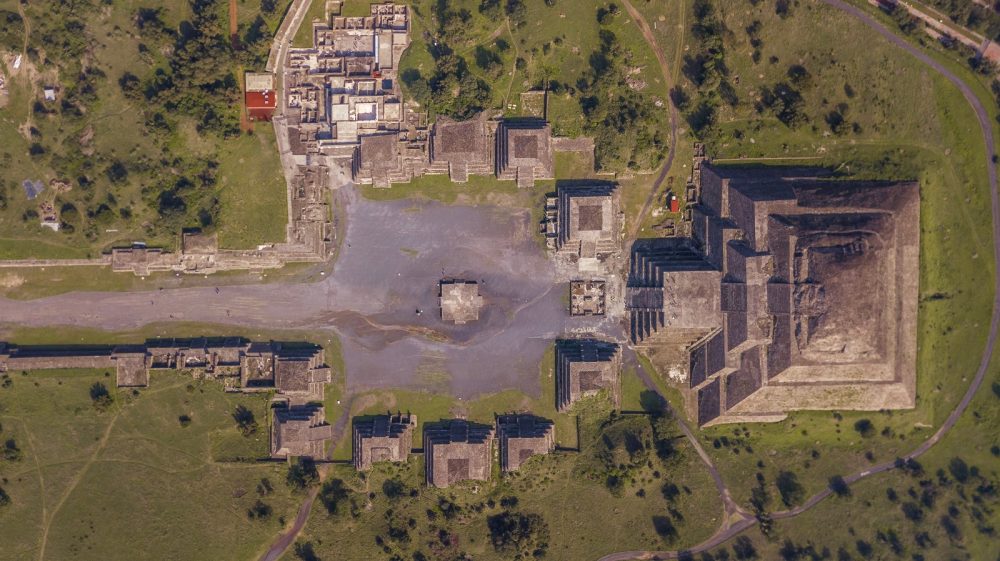
The city’s name is of Nahuatl origin and was used by the Mexica to identify this city built by a civilization before them. It was already in ruins when the Mexicans encountered it for the first time.
To date, the name given by its original inhabitants is unknown. The Mexica–the Mexica were the Aztec Empire’s rulers–used the name “Teotihuacan” to refer to the ruins of the ancient city, which was already ancient, being at least 1,000 years old when they came across it.
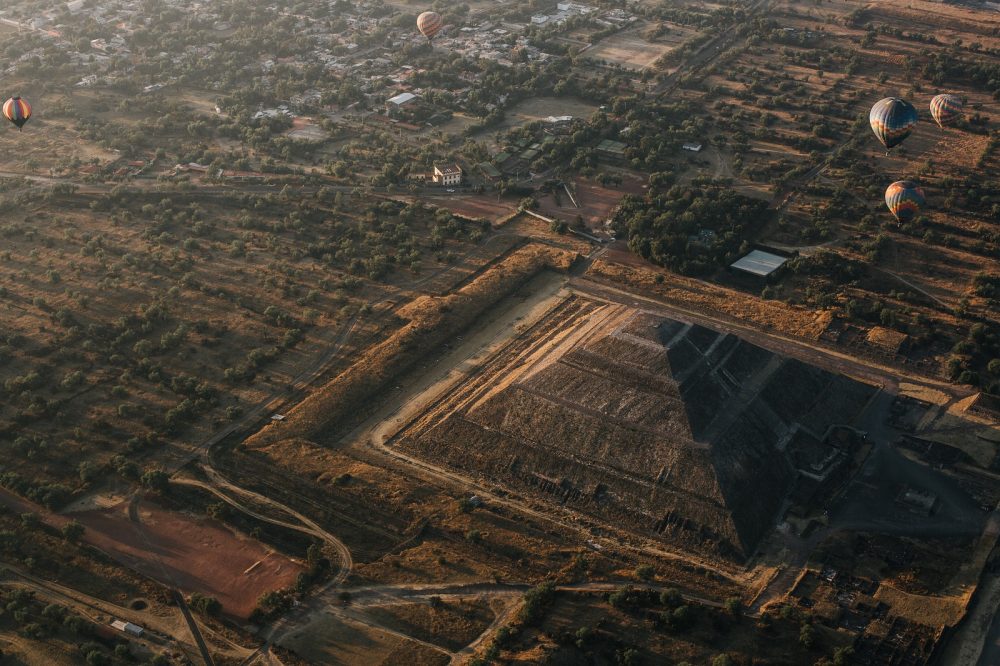
The truth is that the name that the city received from its inhabitants at its construction time is unknown. Some texts discovered in the Mayan area usually relate the glyph puh (tule) with characters of Teotihuacan descent represented in stelae of important Mayan cities such as Tikal, Uaxactún, and Bonampak.
Puh has the same meaning in the Mayan languages as the word Tollan which designated the remarkable city of Mesoamerican mythology.

The remains of the city are located northeast of the valley of Mexico, in the municipalities of Teotihuacan and San Martin de las Piramides (state of Mexico), approximately 78 kilometers away from the center of Mexico City. The area of archaeological monuments was declared a World Heritage Site by UNESCO in 1987.
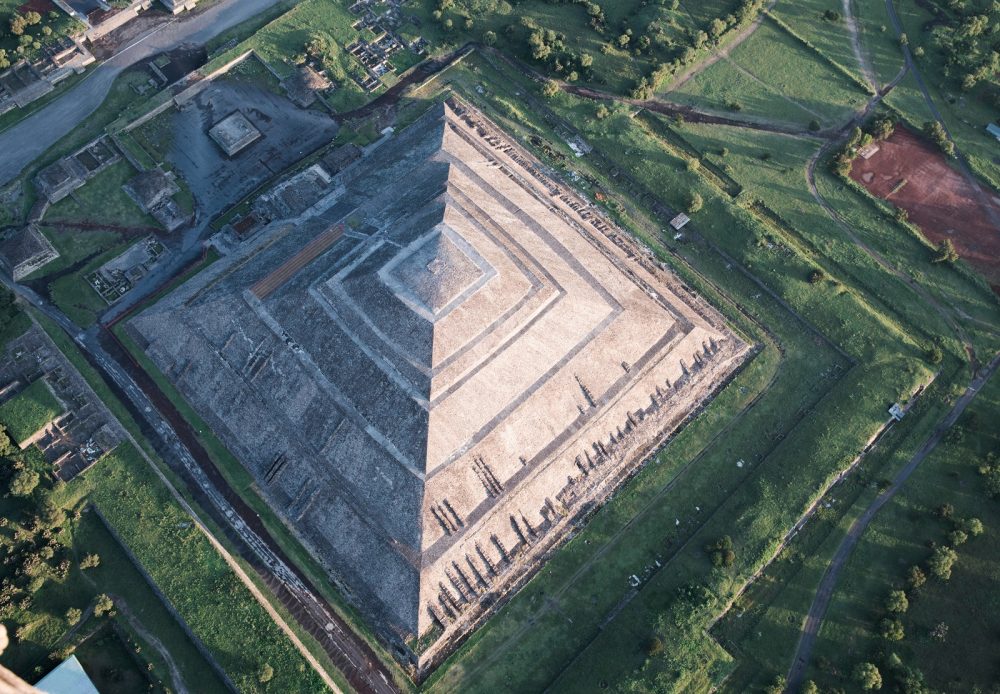
Although the city has been studied for a long time, we know only so much about it. The origins of Teotihuacán are still under study among scholars.
Around the beginning of the Christian era, Teotihuacan was a village that became important as a center of worship in the Anahuac basin.
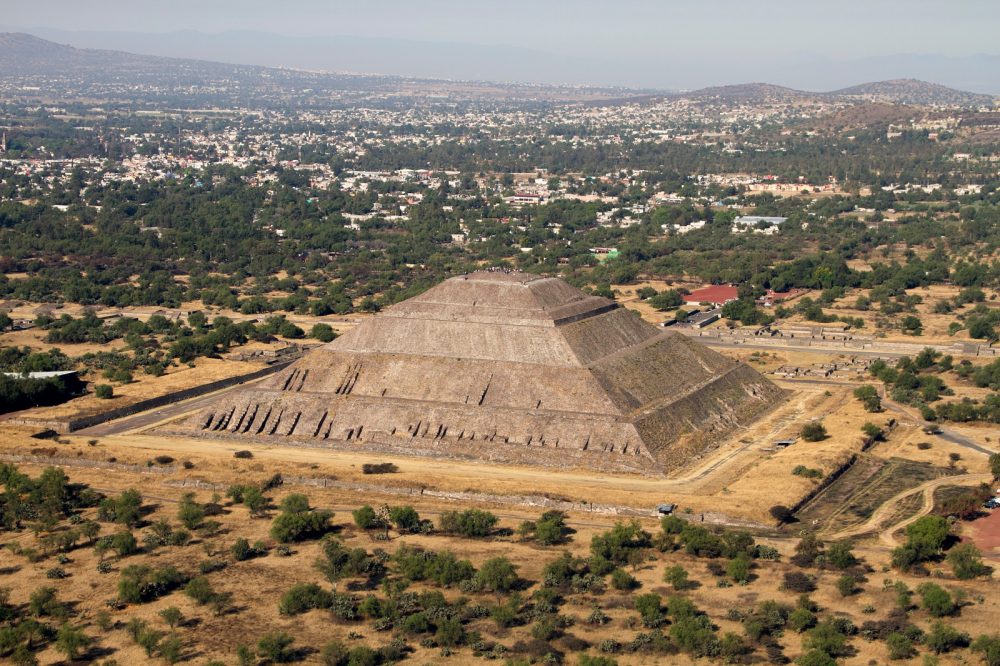
The first major structures are believed to have been constructed from that time, as the excavations in the Pyramid of the Moon have proven.
The heyday of the city took place during the Classic Period.

At that stage, the city was an important commercial and political node that reached an area of almost 21 square kilometers, with a population of between 100,000 to 200,000 inhabitants.
The influence of Teotihuacan was felt across Mesoamerica, as the discoveries in cities like Tikal and Monte Alban have shown.
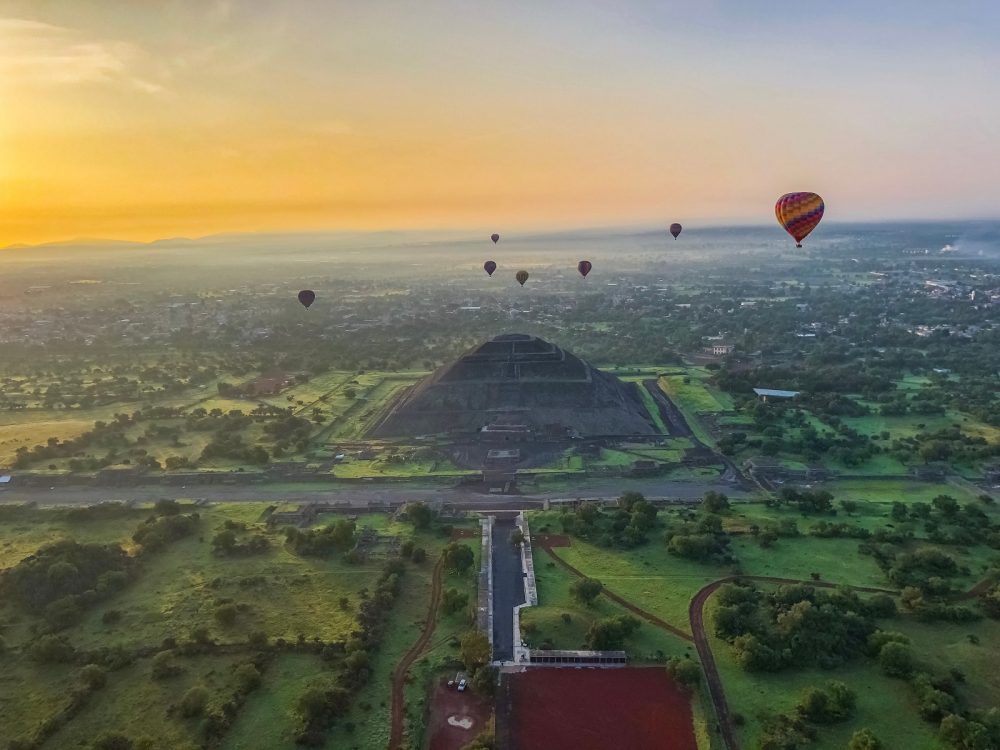
Mystery People
The ethnic identity of the first inhabitants of Teotihuacán remains a profound enigma for scholars. However, among the candidates are the Totonacs, the Nahuas, and the Otomi-speaking people.
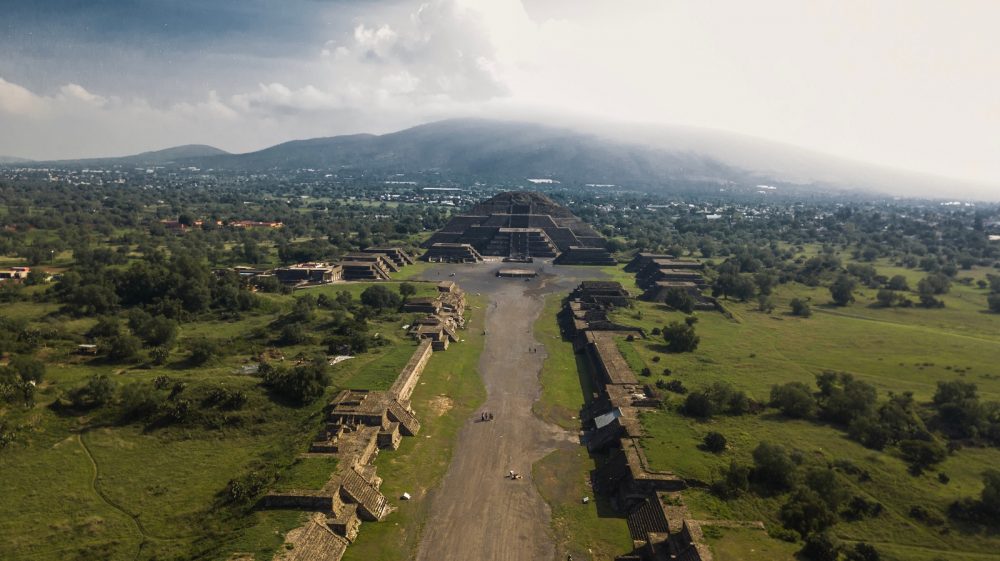
The most recent theories suggest that Teotihuacan was a cosmopolitan city in whose flowering groups of diverse ethnic origin were involved, as the discoveries in the Zapotec neighborhood of the city and the presence of objects from other regions of Mesoamerica, especially from the Gulf region and the Mayan area have shown.

Teotihuacan has been a source of interest for societies long after the decline of the Teotihuacan culture in Mesoamerica. Its ruins have been explored since pre-Hispanic times, among others, by the Toltecs and the Mexica.
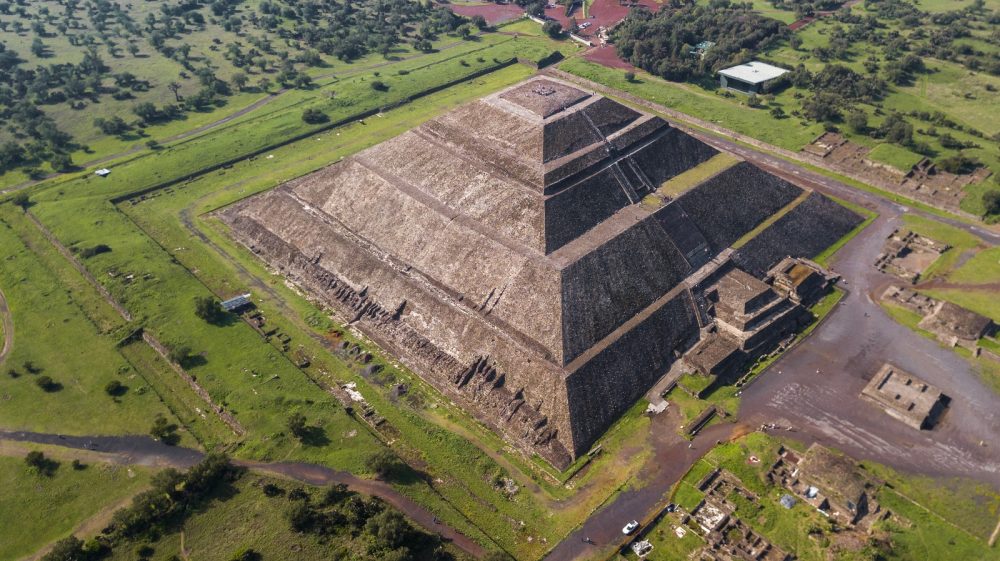
In post-classical Nahua mythology, the city appears as the setting for fundamental myths such as the legend of the Suns of the Mexica.
It is not known for sure what the identity of the people that founded Teotihuacan was. There are no written references about them or the city itself, dating back to when the city was founded. Everything we have about the city comes around 1,000 years after its original collapse.

The city had been abandoned long before the arrival of the Spaniards to Mesoamerica so the few references to the city that were preserved in the historical sources produced in the years after the Mexican Conquest do not speak properly about the inhabitants of Teotihuacan. Still, of the representation, they had of those who lived in the Anahuac valley after the collapse of the culture that built the city.

The Nahua sources of Bernardino de Sahagun thought that Teotihuacan was the Place where the gods gathered to give rise to Nahui Ollin, the Fifth Sun, according to indigenous mythology, which illuminates the contemporary era.
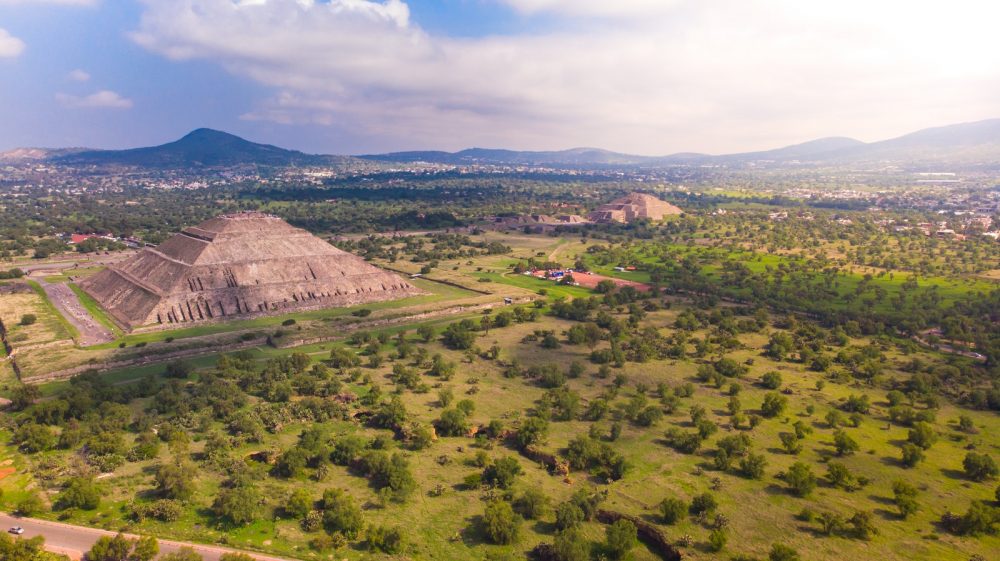
According to colonial sources written long after the city collapsed, the Nahuas thought that Teotihuacan was built by the Quinametzin, a race of giants that populated the world during the previous era whose survivors were hidden across Mesoamerica. The temples, the pyramids of the city, were imagined as the tombs of the lords who founded the city, a sacred place whereby dying and being buried, men would become gods.
However, the history of Teotihuacan can be recognized as part of a long civilization process that began with the arrival of human beings in the Anahuac region. This may have happened around 20,000 years ago, evidenced by the discoveries made in Tequixquiac, Tocuila, and Tlapacoya. In these last archaeological sites, archeologists recovered the remains of two human skulls dating back tens of thousands of years, together with the bone fragments of prehistoric animals and lithic tools.
It is noteworthy to mention that the largest pyramid in Mexico is not at Teotihuacan but at Cholula, where the Great Pyramid of Cholula stands, covered in vegetation and topped by a Church built by the Spanish.
Join the discussion and participate in awesome giveaways in our mobile Telegram group. Join Curiosmos on Telegram Today. t.me/Curiosmos

